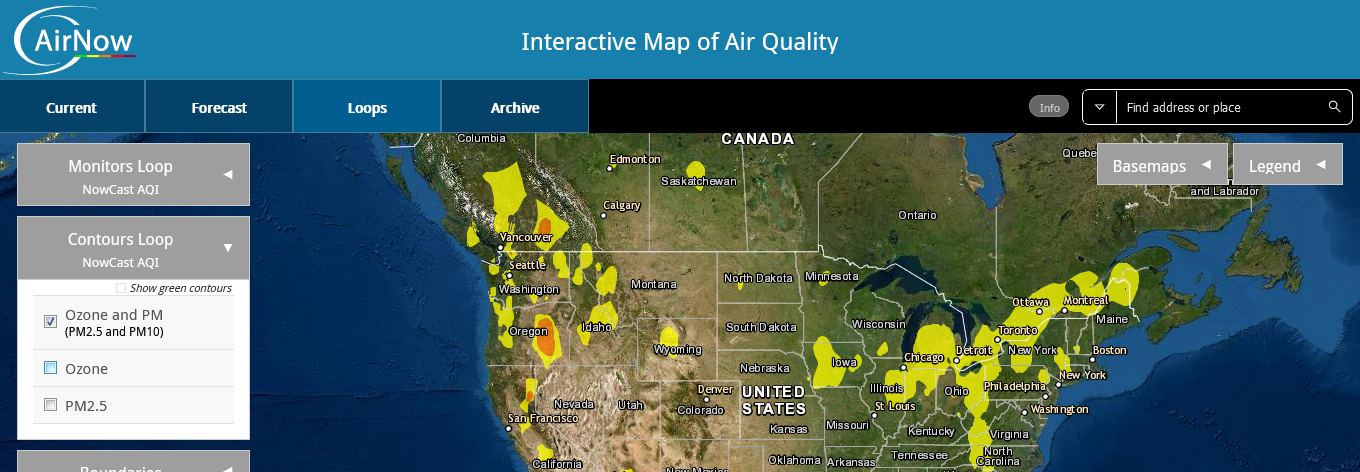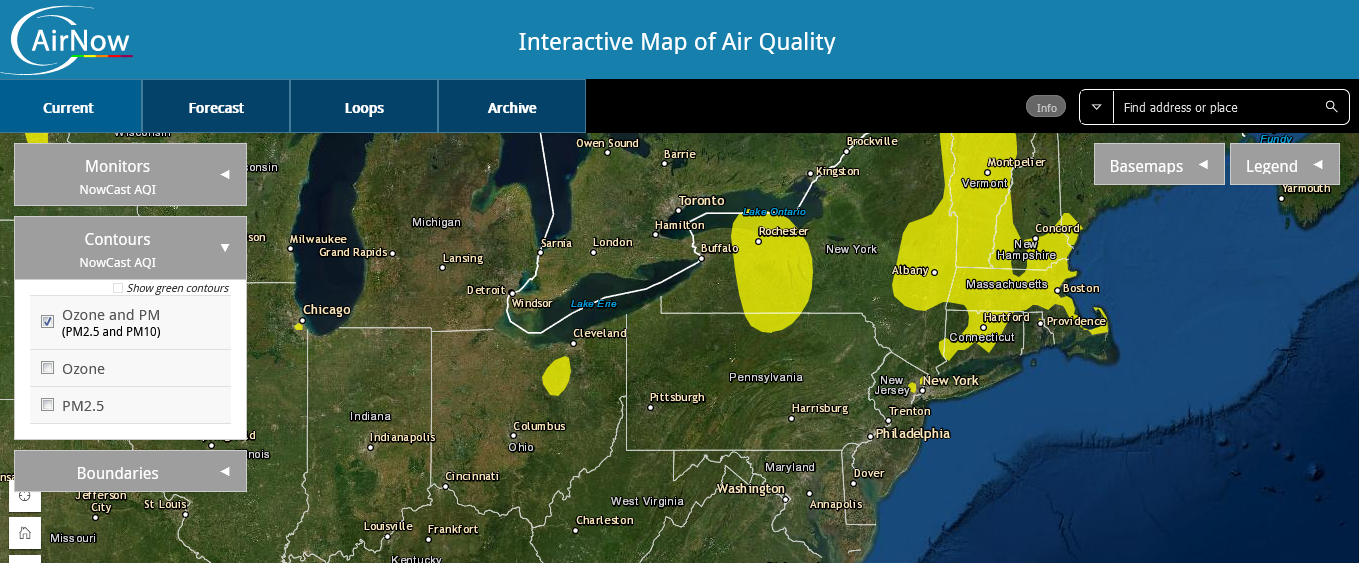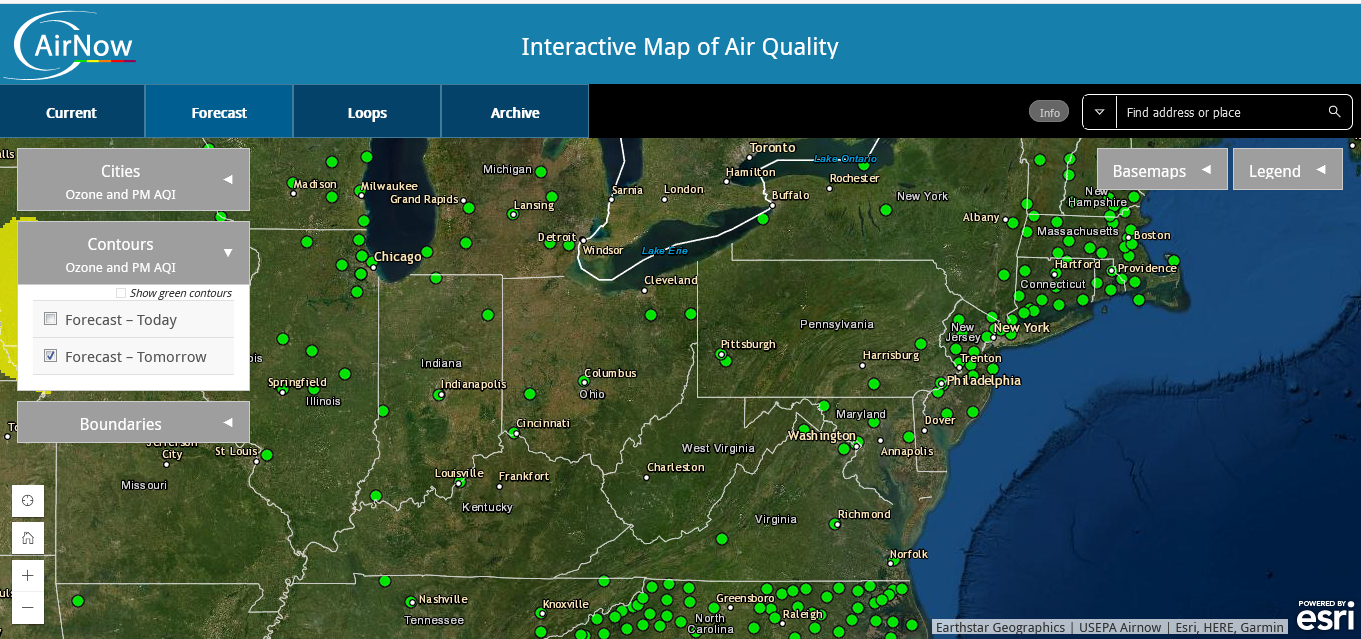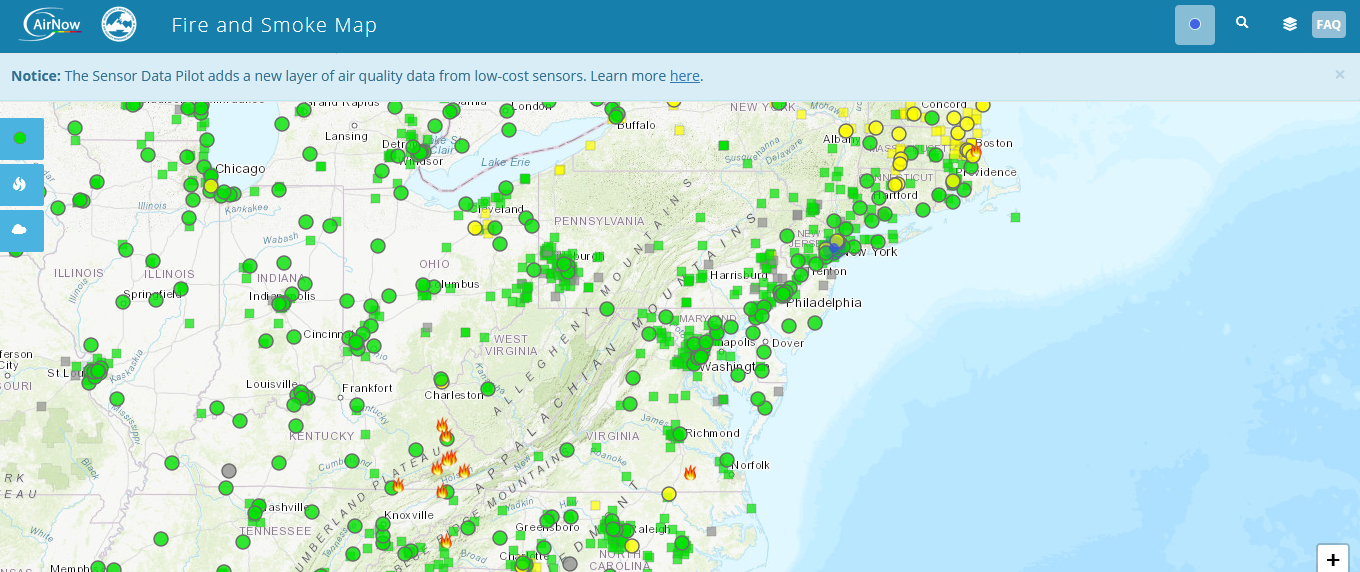Abstract
Air pollution has been an increasingly major problem affecting the economy, people’s health, and the environment. Emission resulting from motor vehicle combustion, industries, bushfires, and dust are the major causes of outdoor air pollution, also known as ambient air pollution. Combustion of these fuels emits carbon monoxide, hydrocarbons, particulate matter, and sulfur dioxide, which are harmful. Outdoor air pollution enters the human system through breathing and ecological cycles. Children, being one of the sensitive groups, are more exposed because they spend more time outdoors playing, and their breathing rates are higher than adults. Education policies should therefore be formed to sensitize people on air pollution and related health consequences.
Introduction
Air pollution is the suspension of different harmful gases, solids, and liquid particles into the atmosphere at a higher speed for the environment to absorb (Nathan). These pollutants cause adverse health effects to humans and other living beings. Naturally, clean unpolluted air comprises 78% Nitrogen, 21% Oxygen, and 1% composition of other inert gases (Nathan). This lab aims to find out the factors that contribute to the formation of air pollution and the health effects posed to humans and other living beings. Animated maps and data from the internet for three different states are used for this lab: New York, Ohio, and California.
Results
Air Quality Index AQI is an index for reporting the daily quality of air. It measures how air pollution impacts a person’s health within a given time. It is issued and used by the Energy Protection Agency EPA to report the current and future level of air pollution. The higher the AQI, the higher the air pollution level and the riskier it is in terms of health. It is segmented into six divisions, each being differentiated by a particular color. Green is healthy, yellow for moderate, orange representing unhealthy for the risky groups, red being unhealthy, purple for very harmful, and Maroon for hazardous. AQI covers the ground-level ozone, particle pollution or particulate matter (PM2.5 and PM10), carbon monoxide, sulfur dioxide, and nitrogen dioxide pollutants.
At-risk groups are the people who are likely to be highly affected than the others at lower levels of concern for air quality. They are also known as the sensitive group and include the elderly, children, teenagers, and people suffering from lung and heart disease. The solid particles and liquid droplets in the air are what are referred to as Particulate matter. They configure in the atmosphere due to pollutants reactions. In the case of reaching harmful levels, fine particle pollution exposure can be reduced using air quality alerts.



From Figure 1, the states that recorded the highest AQI color were Oregon, Sacramento, and Abbotsford, with the daily AQI color being orange. The cautionary statement for this is that it is unhealthy for sensitive groups, meaning that these risk groups may be affected. In contrast, the probability of the general public being affected is low. Figure 2 shows the daily AQI color for New York is yellow, meaning that the concern level was moderate with an acceptable air quality, which might still be risky to the sensitive group. The next day’s New York forecast is color green, as can be seen in Figure 3, with a good level of concern and minimal risk posed.
The common sources of Carbon monoxide CO are emissions from automobiles, fires, and industrial processes. CO is directly released into the atmosphere from incomplete combustion of fossil fuel from power plants and cars using gasoline and diesel-powered vehicles (Nathan). From the data attached in the excel sheet, Carbon Monoxide is highest for the highway vehicle category because the concentration of CO tends to be high in cases with increased traffic congestion because of the reduced traffic flow speed.

California and Oregon are among the more prone to wildfire, and most homes are at a higher risk of Wildlife damage. Figure 4 shows 13 fire icons recorded around in various states. The occurrence of fire in California and Oregon would also affect New York because fire spreads air pollution up to thousands of miles away. The smoke produced causes difficulty in breathing, not only to the sensitive or risky group but the healthy group. Wildfire smoke contains particulate matter produced during the combustion of wood and organic substances. These particles enter the lungs because of their microscopic size and cause lung or heart disease by penetrating the bloodstream. According to Figure 4, there were no fire incidences recorded in the New York state. The green circles mean that there are permanent monitors put in place to monitor cases of fire.
Ozone is the primary building block of smog which is a mixture of pollutants. Ground-level ozone is formed when pollutants from fossil fuel emission such as nitrogen oxide and volatile organic compounds react with sunlight (Nathan). Ozone exposure and effects are mostly felt during sunny days. High levels of ozone affect the ecosystem, plants, and human beings by interfering with photosynthesis, causing asthma attacks, respiratory problems, airway inflammation, and lung disease.
Conclusion
The quality of the environment plays a significant role in the life and health quality of human beings. The lab revealed that fossil fuels and wildfires’ combustion is an essential contributor to outdoor air pollution. The severity of poor air quality depends on factors such as the level and mixture of pollutants in the air. Being in contact with contaminants is associated with increased chances of contracting cancer, heart, and respiratory disease and also affiliated with premature death. Raising air pollution and protection awareness to the public, in general, is also essential.
Work Cited
Nathanson, Jerry A. “Air Pollution.” Encyclopedia Britannica, 2018.